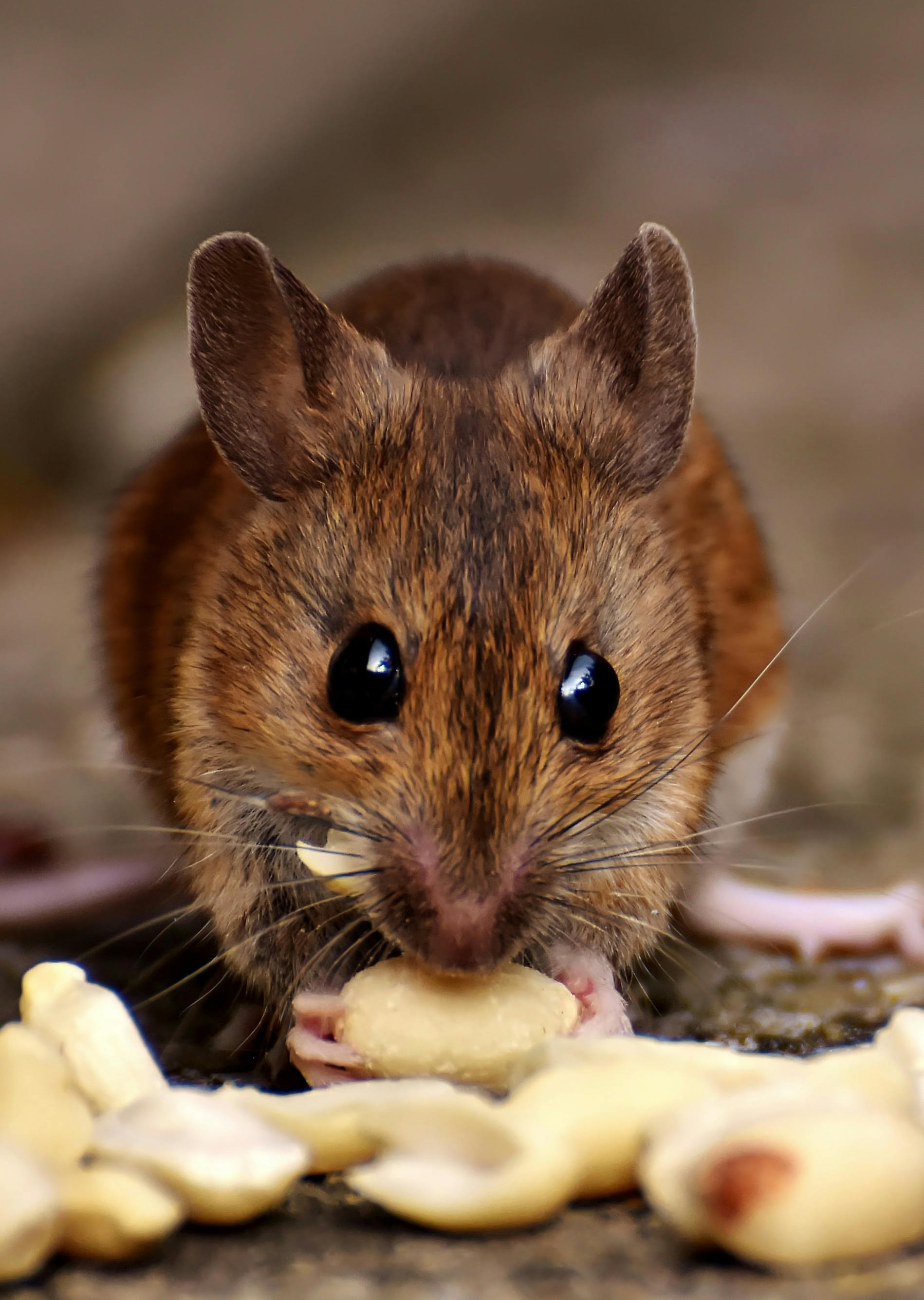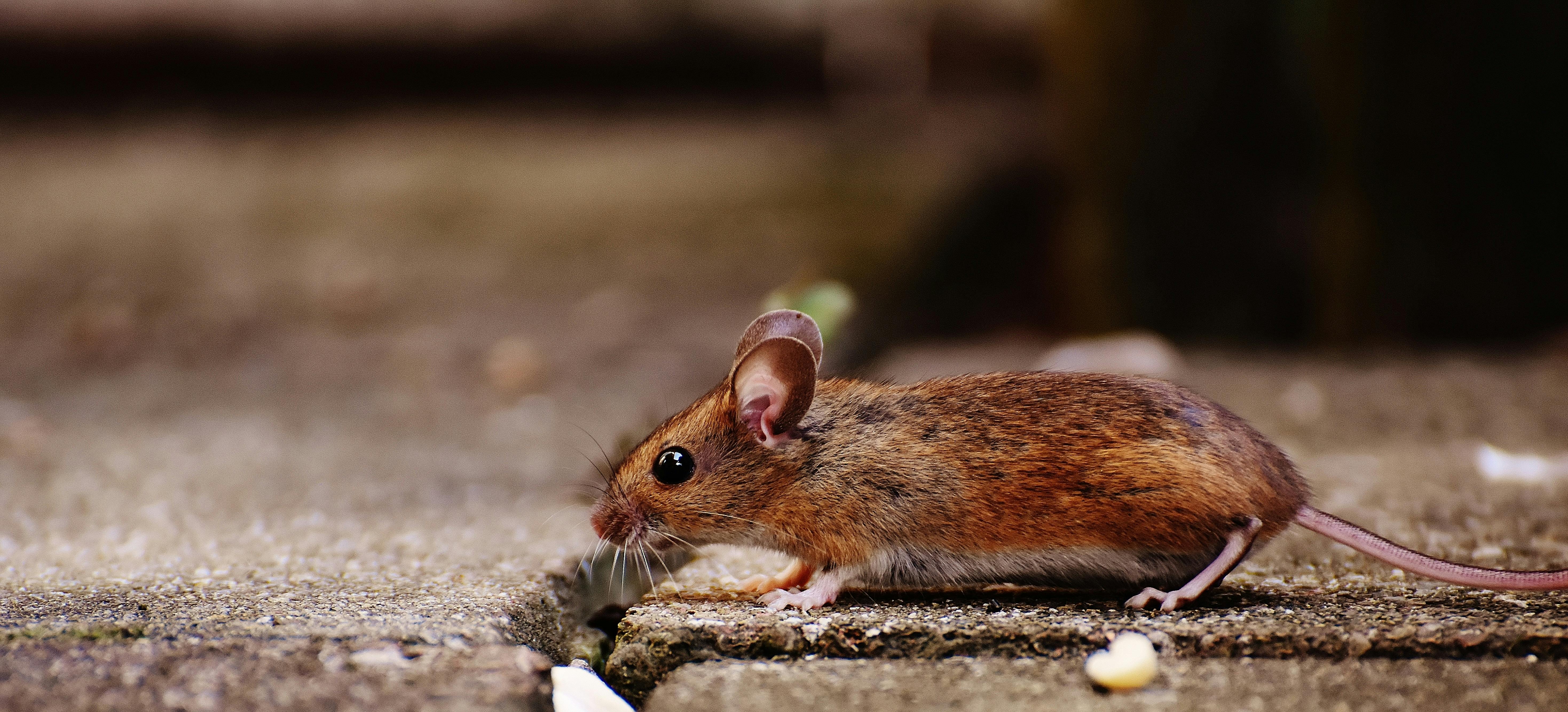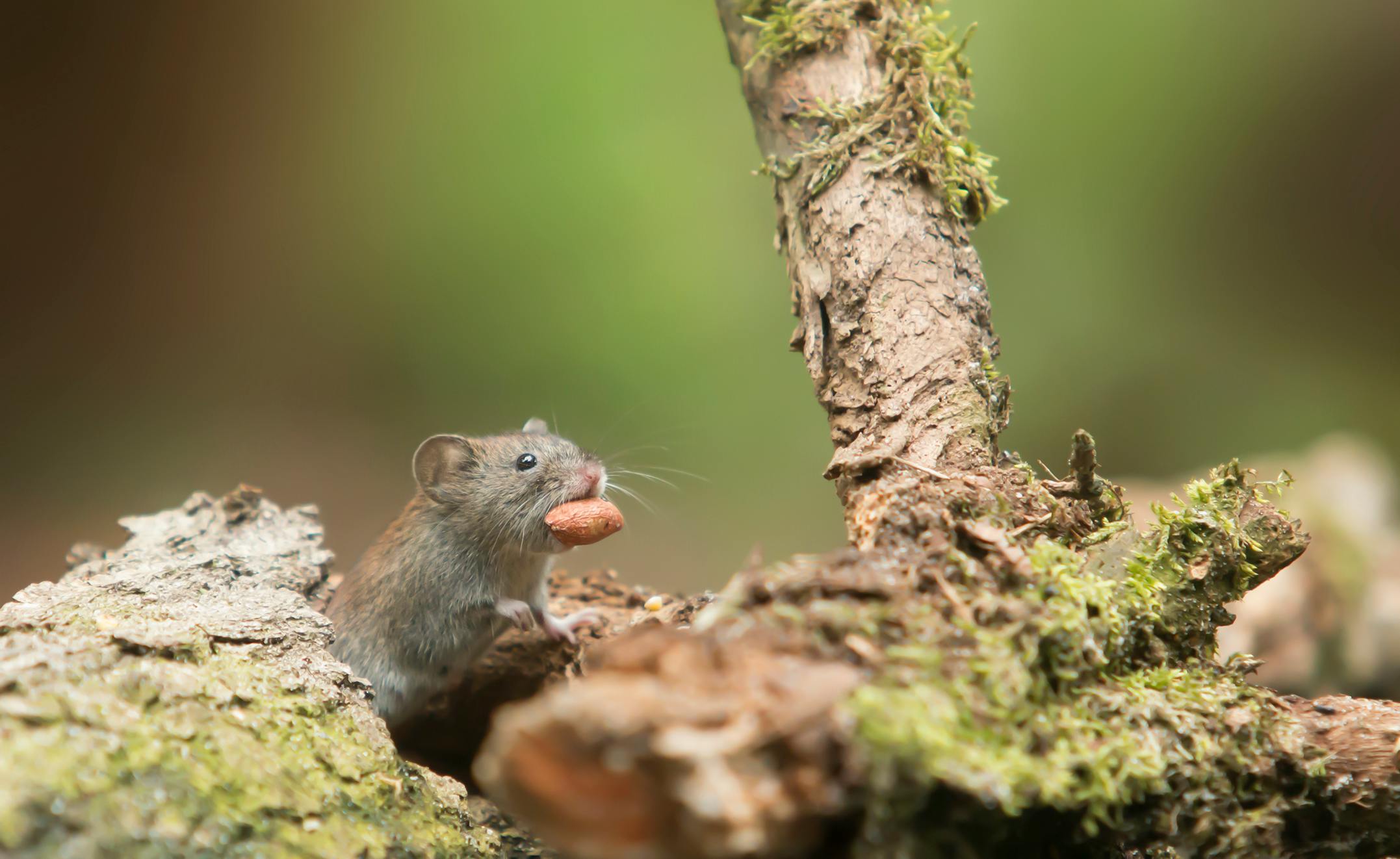Coffee lovers often wonder if their favorite beverage might be attracting unwanted visitors. In this article, we explore the age-old question: do coffee grounds attract rats? With many misconceptions and conflicting opinions surrounding this topic, it’s time to separate fact from fiction. By looking at the reasons behind potential rat attraction, understanding the scent and features of coffee grounds, and learning proper disposal methods, we aim to shed light on whether or not these aromatic remnants are truly luring these pesky rodents into our homes. So sit back, sip your cup of joe, and let’s uncover the truth about coffee grounds and their alleged rat magnetism.
What Are Coffee Grounds
Definition
Coffee grounds are the remnants of coffee beans after they have been brewed to make coffee. They are the dark, fine particles that are left behind in the coffee filter or coffee machine. These grounds have a strong aroma and can be used for various purposes.
Composition
Coffee grounds are composed of several components that can vary depending on the type of coffee bean and the brewing method used. They contain caffeine, oils, and organic compounds that give coffee its distinctive flavor and aroma. Additionally, coffee grounds have a pH level that is slightly acidic, which can affect how they interact with other substances.
Uses
Coffee grounds have a multitude of uses beyond brewing coffee. They can be used as a natural fertilizer for plants, as an exfoliating agent for the skin, or even as a deodorizer for unpleasant odors. Due to their acidic nature, coffee grounds can also help regulate the pH of soil, making them a popular choice for gardening enthusiasts. In the realm of pest control, coffee grounds have been suggested as a deterrent for certain pests, including rats.
Rat Behavior and Attraction
Overview
Rats are highly adaptable creatures that are known for their scavenging and foraging behavior. They are attracted to areas that provide them with food, water, and shelter. Understanding the factors that influence rat behavior and what attracts them can help in developing effective pest control strategies.
Factors Influencing Rat Behavior
Several factors can influence rat behavior. These include the availability of food, water, shelter, and the presence of other rats. Rats are opportunistic feeders and will seek out food sources that are easily accessible. They are also more likely to inhabit areas with abundant food and water resources. Additionally, rats are social creatures and tend to be attracted to areas where other rats are present.
What Attracts Rats
Rats are attracted to various types of food, including grains, fruits, vegetables, and meat. They are particularly drawn to easily accessible food sources, such as open garbage bins or improperly stored food. Rats are also attracted to areas that provide them with shelter and hiding spots, such as overgrown vegetation or cluttered spaces. The scent of food and the presence of other rats can also serve as attractants for these rodents.

Characteristics of Rats
Physical Traits
Rats are medium-sized rodents with a distinctive appearance. They have a long, scaly tail, pointy snouts, and large, rounded ears. Their bodies are covered in fur, which can vary in color depending on the rat species. Rats typically have sharp incisors that continuously grow, allowing them to gnaw through various materials.
Diet
Rats are omnivorous, meaning they will eat both plant-based and animal-based foods. Their diet primarily consists of grains, fruits, vegetables, and nuts, but they can also consume meat if it is available. Rats have a strong sense of smell and can locate food sources even from a significant distance.
Habits
Rats are nocturnal animals, meaning they are most active during the night. They are excellent climbers and are known to build nests in elevated areas such as attics, trees, or rafters. Rats are highly intelligent and can quickly adapt to new environments. They have excellent memory, which enables them to remember the location of food sources and navigate through their surroundings with ease.
Coffee Grounds as a Rat Attractor
Coffee Grounds as a Food Source
Coffee grounds contain organic matter and oils that rats may find appealing as a potential food source. The strong aroma of coffee can attract rats, especially if they are seeking out new food options. However, it is important to note that while coffee grounds may be enticing to rats, they are not a primary source of nutrition for these rodents.
Odor
The strong and distinct odor of coffee grounds can serve as an attractant for rats. Rats have a keen sense of smell and are sensitive to various scents. The smell of coffee grounds can pique their curiosity and draw them to areas where the grounds are present. However, it is crucial to consider that the smell alone may not be enough to sustain a rat infestation without the presence of other food sources.
Possible Confusion
In some cases, rats may mistake coffee grounds for actual food due to their odor and appearance. Rats may attempt to consume the coffee grounds, but they are likely to realize that it is not a suitable food source and eventually abandon it. This confusion can be attributed to the similar scent of coffee and certain food items that rats are attracted to, such as grains or nuts.

Common Rat Prevention Techniques
Proper Waste Management
One of the most effective ways to prevent rat infestations is by practicing proper waste management. This includes keeping garbage bins tightly sealed and disposing of food scraps in a manner that rats cannot access. Eliminating potential food sources can significantly reduce the likelihood of attracting rats to an area.
Secure Garbage Bins
Rats are skilled climbers and can easily access improperly sealed garbage bins. It is essential to use bins with tight-fitting lids or secure them with bungee cords to prevent rats from entering. Regularly cleaning the area around the bins to remove any spilled food or debris can further discourage rat activity.
Sealing Entry Points
Rats can squeeze through small openings, such as gaps around pipes, vents, or damaged window screens. To prevent rats from entering buildings or homes, it is important to seal any potential entry points. This can be done by using materials such as steel wool, wire mesh, or caulk to block off any gaps or cracks.
Scientific Studies and Evidence
Studies on Rat Behavior
Numerous scientific studies have been conducted to understand the behavior and preferences of rats. These studies investigate various factors that influence rat behavior, including food preferences, scent detection, and nesting habits. By analyzing the findings of these studies, researchers can develop effective pest control strategies.
Effect of Coffee Grounds
There have been studies examining the effect of coffee grounds as a potential attractant for rats. Some studies suggest that rats are indeed attracted to the scent of coffee grounds and may investigate areas where the grounds are present. However, it is important to note that the extent of this attraction may vary depending on other available food sources and environmental conditions.
Contradictory Findings
While some studies suggest that coffee grounds can attract rats, other studies have found contradictory results. These studies indicate that rats may not show a strong preference for coffee grounds compared to other food sources. It is important to consider the limitations and variables involved in these studies when interpreting the results.

Other Factors Influencing Rat Behavior
Presence of Other Attractants
Rats are attracted to a combination of factors, not just one specific attractant. The presence of other food sources, such as open garbage bins or uncovered pet food, can overshadow the attraction of coffee grounds. Rats are more likely to be drawn to areas with an abundance of readily available food options.
Seasonal Variation
Rat behavior and preferences can also be influenced by seasonal variations. During colder months, rats may seek out sheltered areas and food sources that are more easily accessible. Understanding the seasonal patterns of rat behavior can help in implementing appropriate pest control measures.
Urban Environment
Urban environments provide rats with a variety of potential food sources and shelter options. Factors such as population density, proximity to water sources, and the presence of suitable nesting sites can greatly impact rat behavior. Urban areas that lack proper waste management practices are more likely to experience rat infestations.
Coffee Grounds and Rat Habitats
Potential Association
While coffee grounds may attract rats, they are not a direct cause of rat infestations. Rats are attracted to areas that provide them with suitable habitats and abundant food sources. It is important to address the underlying factors that contribute to rat infestations, such as poor waste management or structural vulnerabilities.
Indoor Rat Infestations
Rats can enter buildings through small gaps or openings and establish nests in attics, crawl spaces, or walls. Properly sealing entry points and regularly inspecting and maintaining the integrity of a building’s structure can help prevent rats from gaining access to indoor areas. It is important to focus on comprehensive pest control measures rather than relying solely on coffee grounds as a deterrent.
Outdoor Rat Habitats
Rats are highly adaptable and can create nests in various outdoor environments. They may burrow in the ground, construct nests among vegetation, or utilize existing structures such as woodpiles or debris piles. Reducing potential nesting sites and eliminating food sources can help deter rats from establishing outdoor habitats near residential or commercial properties.
Considerations for Rat Infestations
Professional Pest Control
In cases of severe rat infestations, it is advisable to seek professional pest control services. Pest control experts can assess the situation, implement appropriate measures, and provide ongoing monitoring and preventive measures. They have the knowledge and expertise to effectively handle rat infestations while prioritizing safety and minimizing the risk of further issues.
Safe Handling of Coffee Grounds
If there is concern about attracting rats or other pests with coffee grounds, it is essential to handle and dispose of them properly. Coffee grounds should be promptly cleaned up and stored in sealed containers before being discarded. Regular cleaning and maintenance can help maintain a clean environment and reduce the risk of attracting pests.
Alternative Uses of Coffee Grounds
While coffee grounds may attract rats, they have numerous other practical uses that can be explored. From gardening to household cleaning or personal care, coffee grounds can serve a variety of purposes. By exploring alternative uses, coffee grounds can be repurposed rather than discarded, reducing waste and minimizing the potential risk of attracting pests.
Conclusion
Summary of Findings
Coffee grounds have been suggested as a potential attractant for rats due to their strong odor and organic composition. While some studies support this claim, other evidence presents contradictory findings. It is important to consider the overall factors that influence rat behavior and attraction, including the availability of food, water, shelter, and the presence of other attractants. Proper waste management, securing garbage bins, and sealing entry points are effective preventive techniques to discourage rats from infesting an area.
Personal Experiences
Individual experiences with rat infestations may vary, and it is crucial to address each situation individually. It is important to remember that coffee grounds alone are unlikely to be the sole cause of a rat infestation. Comprehensive pest management measures, such as those provided by professional pest control services, should be considered for severe infestations.
Proactive Measures
Taking proactive measures to prevent rat infestations is crucial in maintaining a clean and pest-free environment. By practicing proper waste management, securing potential entry points, and eliminating attractants, individuals can significantly reduce the risk of attracting rats. Additionally, exploring alternative uses for coffee grounds can provide a practical and eco-friendly solution, minimizing waste and potential attractants for pests.
